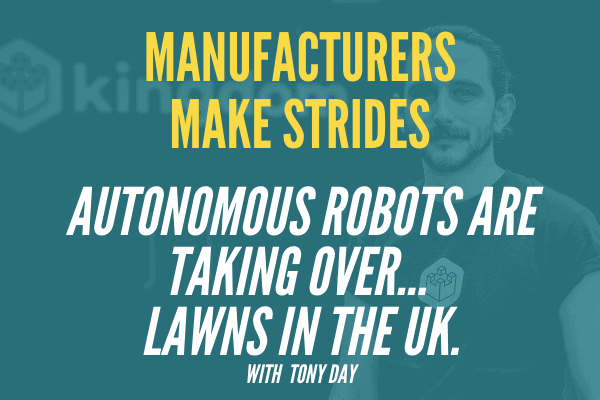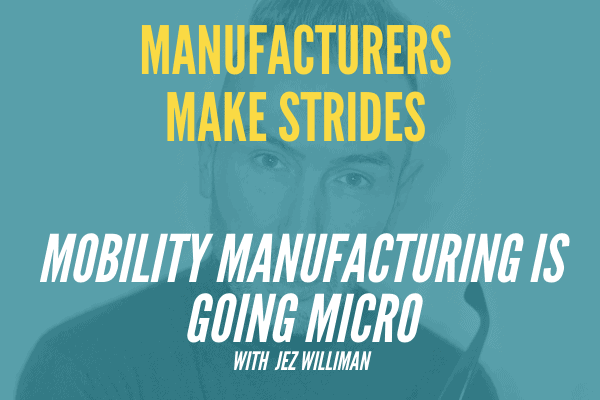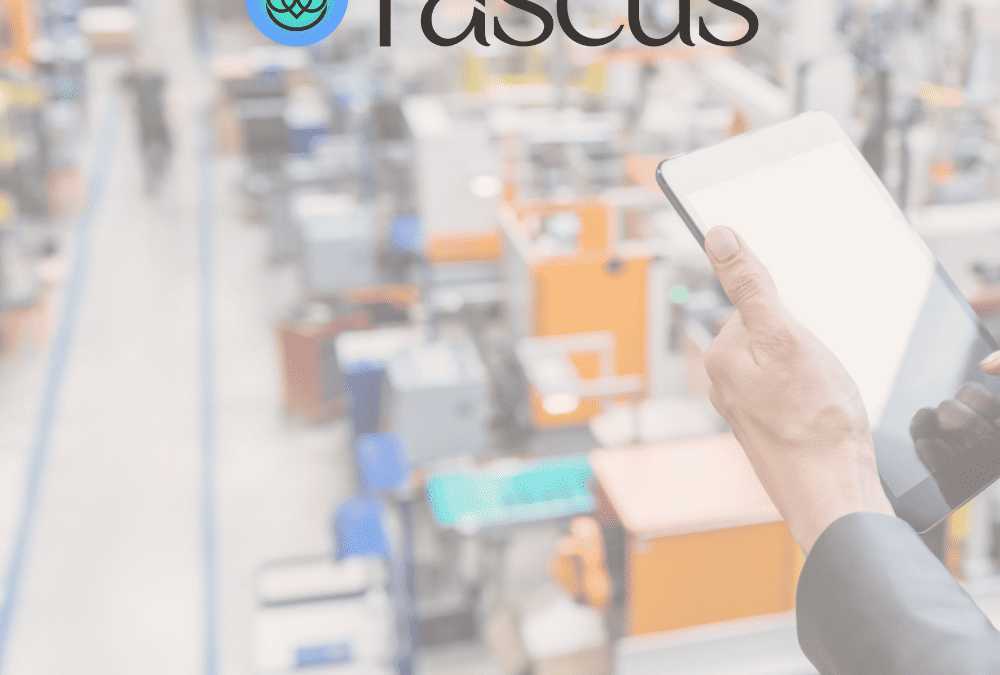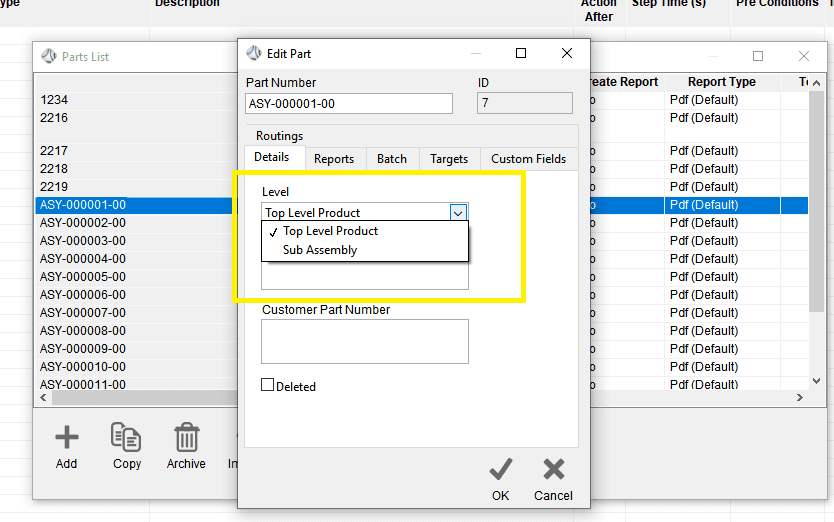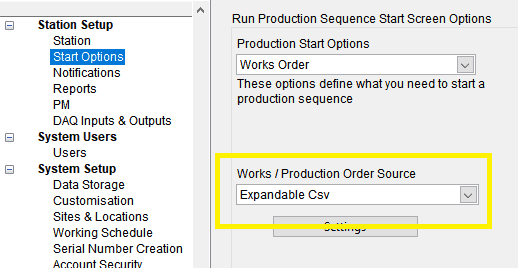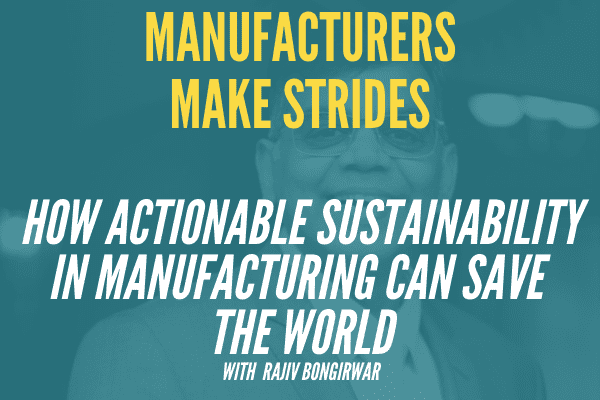
How Actionable Sustainability In Manufacturing Can Save The World
Our world is facing some incredibly pressing issues at the moment, and companies around the globe are looking for new ways to solve them. Actionable sustainability in manufacturing – and how to achieve it as quickly and as effectively as possible – is the topic of the day.
According to Rajiv Bongirwar, CEO of Hemraj Consulting, the only way for manufacturers to reach the sustainability targets, is to make design, safety, and security a priority from the very beginning.
During our chat, Rajiv and I discuss his history in the Indian Naval Defence League. We also talk about how his experiences with global aerospace and automotive companies in the U.S. were shaped by his love of pushing boundaries.
Watch the video to learn more about Rajiv’s thoughts, ideas and hopes for actionable sustainability in the future of manufacturing.
How did you get where you are today?
As a child, I had to be adaptive and resilient because my father was in the Indian Navy. So, we used to change not just houses but cities and schools too. When I was a teenager, he challenged me to take The National Defence Academy examination – one of the unique military academies worldwide, where officers from the Army, Navy and Air Force are trained together,
After I graduated from the National Defence Academy I joined the Indian Navy, Here, I designed and developed a major upgrade to one of the in-house helicopters, as well as the first digital communication system which is in use today.
As I was already into systems in new product development, and because avionics was a very controlled sector, I moved into the automotive industry. I applied my learnings and offered embedded design development services to global OEMs and Tier One customers. We did some interesting product development for the Grand Cherokee. We came up with a completely new, simplified harness system, distributing a centralised body control computer into multiple, smaller control units.
From a personal standpoint, I wanted both my sons to get the best education facilities and opportunities. So, I decided to come over to the UK. I had a one-way ticket and one month of money to sustain myself. When I arrived there was an economic downturn. People were losing jobs and all migrants were going back to their home countries. However, I learned in the National Defence Academy to never give up, so I stayed and set up my consulting firm. Then, in under six weeks, I got my first consulting assignment with Jaguar Land Rover back in December 2008.
What do you think are the biggest challenges facing the automotive industry in the next decade?
I think the underlying challenge that our planet faces is zero carbon emissions and 1.5 degrees. The Cop 26 in Glasgow was very good. A lot of actions that have been delayed in the past are, hopefully, now on track.
To that end goal, technology is playing a role. This can be seen with autonomous or automated vehicles, electrification, connected and shared mobility and sustainable mobility. That’s a real revolution that’s on the horizon. We are already seeing an uptake of electric vehicles. There’s also a lot of work on hydrogen fuel cells and connectivity. What we need to remember is while this technology is a promise to deliver the Cop 26 targets, it comes with its own challenges, like safety security.
There are so many increasing layers of automation in a vehicle and that can cause an increased opportunity for malfunction. These malfunctions are, on one hand, causing safety hazards and accidents to the humans involved with infrastructure, and on the other hand, creating new opportunities for security threats and hackers penetrating not only the vehicle but also the entire organisation and IT infrastructure. And these problems are increasing. So, while we need to leverage the advantages that the technology offers, we also need to understand the challenges. We must address them by designing safety and security upfront, rather than leaving it to a later stage when it’s much more expensive and much less effective.
Do you think manufacturing companies are actionably working towards the sustainability goal?
I think there is a lot of hope, as was evident from Cop 26. But, it is actions rather than words that matter. So, I think each manufacturer has to look at what they can do to contribute to this. This could be something as small as minimising waste, making efficient processes and thinking about safety and security at all times.
I believe the need of the hour is collaborative partnerships. Work on strengths, and remember in this ever-changing world, we must collaborate with experts to make one plus one, eleven. That’s the only way to achieve the sustainability targets in manufacturing and save the planet.
How do you get involved in helping people in manufacturing?
Currently, I’m working with different clients in the autonomous electric vehicles industry and the defence industry. We’re finding new ways of assuring safety and using state-of-the-art risk analysis techniques to identify safety hazards as comprehensively as possible.
It’s strange to still believe techniques of the ’60s can help us identify and assess the hazards in this century. We need to adapt to the latest techniques. We must harness them together and use them alongside existing techniques, new technology and product development.
Hence, I’m partnering with some world-leading academic institutions and doing potentially collaborative research. I’m seeking funding to come up with delivering a product to manufacturers, designers, developers, end-users, regulators and insurance companies. We’re working towards a goal of having products operating seamlessly, allowing different end-users one version of truth, in real-time. Keeping in mind protecting GDPR and intellectual property of all the stakeholders involved.
Do you have any tools or techniques that have helped get you where you are today?
Everyone has strengths hidden somewhere and that’s where I think it helps to work with a mentor. A mentor can really bring out the best in you and your organisation and give you a road map to your targets and goals.
I’ve written papers and also conducted workshops. I’ve shared my techniques and case studies with examples of how they can be applied in organisations. So it’s a mixed bag. I’m working on pretty demanding projects for the most part. For example, with Ford Motor Company, I was the person responsible for all the engine control features in their products. So, it’s been a challenge. But I take time out and then write a paper or an article. I try to find balance in delivering success and solutions to my clients, pursuing my passions and sharing my learnings with the community.
One more thing I would like to mention is I’m a certified Heartfulness trainer with the charity organisation Heartfulness UK. Heartfulness is a free worldwide service. It’s a unique meditation practice, accompanied by subtle life energy. It helps you to focus and connect with yourself. To be at peace when the environment is in turmoil and remain happy and calm no matter what the external circumstances may be.
Contact Rajiv here

